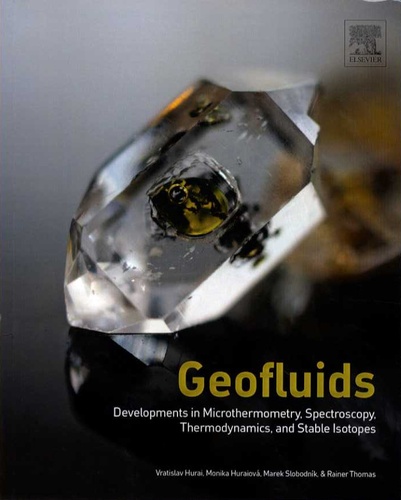Investigation of the Impact of Leaching Agent Concentration and pH on the Stability of Agglomeration of Ion-Absorbed Rare Earth Deposits
Abstract
Ion-absorbed rare earth deposits react with the leaching agent during the in situ leaching process through ion exchange and hydration, which change the stability of ore agglomerates and even result in mining slopes or landslides. Indoor simulated column leaching assays were conducted on ion-absorbed rare earth deposit samples by using magnesium sulfate solution as the leaching solution. Surface zeta potential, double electric layer thickness, particle gradation, and pore structure were analyzed to measure the different concentrations and pHs of leaching solutions’ impact on the stability of ore agglomerates. Results show that the critical magnesium sulfate solution concentration and pH affecting the stability of deposit sample agglomerates are 3.5% and 4, respectively. The chemical replacement reaction between the leaching agent and rare earth ions occurs during column leaching when it reaches its zero-point potential at a pH of 3.5168. This breaks the balance between the van der Waals gravitational force and double-layer repulsion in clay particles and induces the disruption of agglomerates, which causes the difference in the pore radius ratio of the ore samples before and after column leaching. It is of great engineering guidance to solve the problems of slope instability and landslides that may occur in the ore body during the mining process of ionic rare earth ore.


 求助内容:
求助内容: 应助结果提醒方式:
应助结果提醒方式:


